Welcome to a new direction for Bikes By Ascension
- Casey Frawley

- Mar 18, 2023
- 3 min read
Focus on wheel building at a professional standard
While we have been building wheels for more than a decade, over the12 - 18 months I have been contracting to a national distributor as a wheel builder. This has introduced me a much higher standard of wheel building.
While many workshop at local bike shops may build wheels, the tools and resources are usually pretty basic and don't lend themselves to a sustainable wheel build. They may build a relatively "true" wheelset, but rarely are they built to consider all of the following:
appropriate spoke and nipple choices
appropriate spoke length required to ensure best thread take up and support by the nipples.
appropriate tension characteristics
imperfections in the rim that need to be allowed for when building as "true" a wheel as possible without compromising tension characteristics of a wheel.
appropriate prestress practices to ensure that the wheel will not turn into a noodle once ridden in anger a few times.
While wheels build without this consideration may in most cases roll well and get the job done in a lot of cases, the deficiencies in the build come to the fore once the wheel is pushed hard or fail to age well over the course of time

Over the past 12 - 18 months of time working on high end wheel brands, such as these Industry Nine System wheels, I have learnt that it is important to not only have the knowledge of how to put together a good wheel, but having access to the right equipment to successfully build a professional standard hand-built wheel is more than half the battle.
With that in mind we have taken steps to improve out tools and equipment range to be in a position to build with a wider range of spokes and nipples, as well as expand our supplier list to ensure we can access different types of wheel components to ensure we are able to build any type of wheel to the highest standard.
What is so different about what we offer?
We are not presenting you with a generic off the shelf product.
While we will start developing some pre-build wheel stock for sale, our custom wheel building service will be aimed at taking the time to get to know more about you and your riding before we commence with the build.
Every one of our builds is carefully planned to ensure our customers get the right build for their needs. We will consider:
Determine a rim and hub combination that suits you need and budget.
Your size and power output may play a part in what spokes and nipples we use in a build. So we may ask you a little about yourself.
Your bike and what type of riding you do on it to determine what we use to join the rims to the hubs. After all, what spoke and nipples are used on a high end road bike will differ to a enduro oriented e-bike.
What spoke tension characteristics will give you the best ride feel and reliability of the wheel build.
And most importantly, be open and transparent about the pros and cons of the wheel options available to suit the brief and insights into our build recommendations so you can make a good decision on your next wheel.
Once we have insights into the above, we will start the process of building a set of wheels that is finished to the highest of standards.
After all, we are different people who use our bikes very differently ...... so why should every wheel be built exactly the same?
Every one of the wheels shown in the below gallery is in some way unique to the rider by either to look a certain way, or using components choices relevant to their needs.
Sharing some of our knowledge and experience
We will look to produce some blogs that folks working on their wheels at home, or who work in a Local Bike Shop but want to learn a little more about wheel building and repair, might find informative and useful.
Some topics that come to mind are:
Why you should always do your own ERD checks when building a wheel.
Importance of spoke lengths and nipple choices relevant to your wheel build.
Different spoke lacing ideas and how to decide which one you want to use.
Different spoke and nipple treatments and thread lockers.
Importance of prestressing a wheel appropriately, and how you can best try to do this at home if you don't have a professional machine to do it for you.
Basic repairs and servicing dos and don'ts.
So keep an eye on our blog over the coming months for what I hope will be some informative posts.



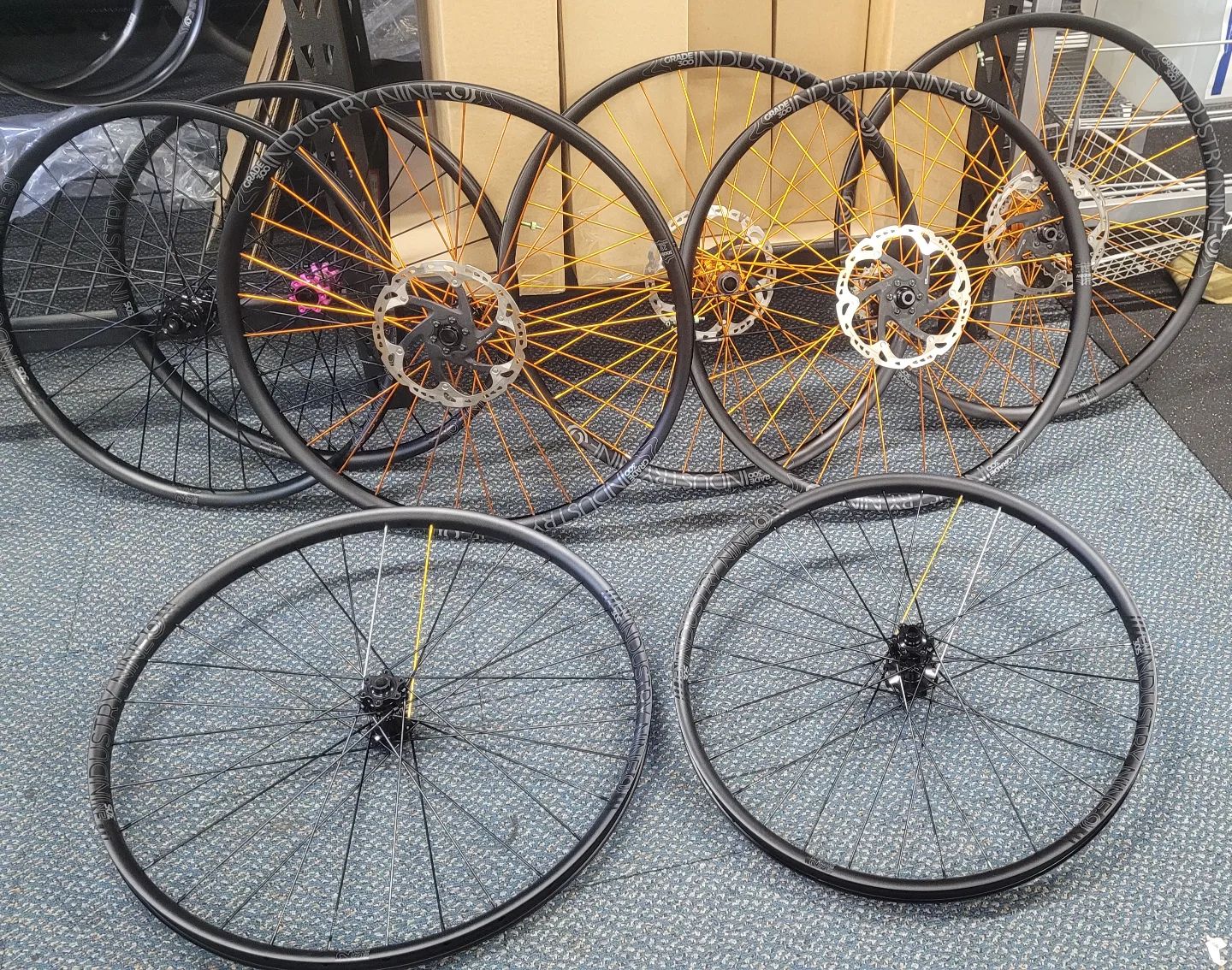


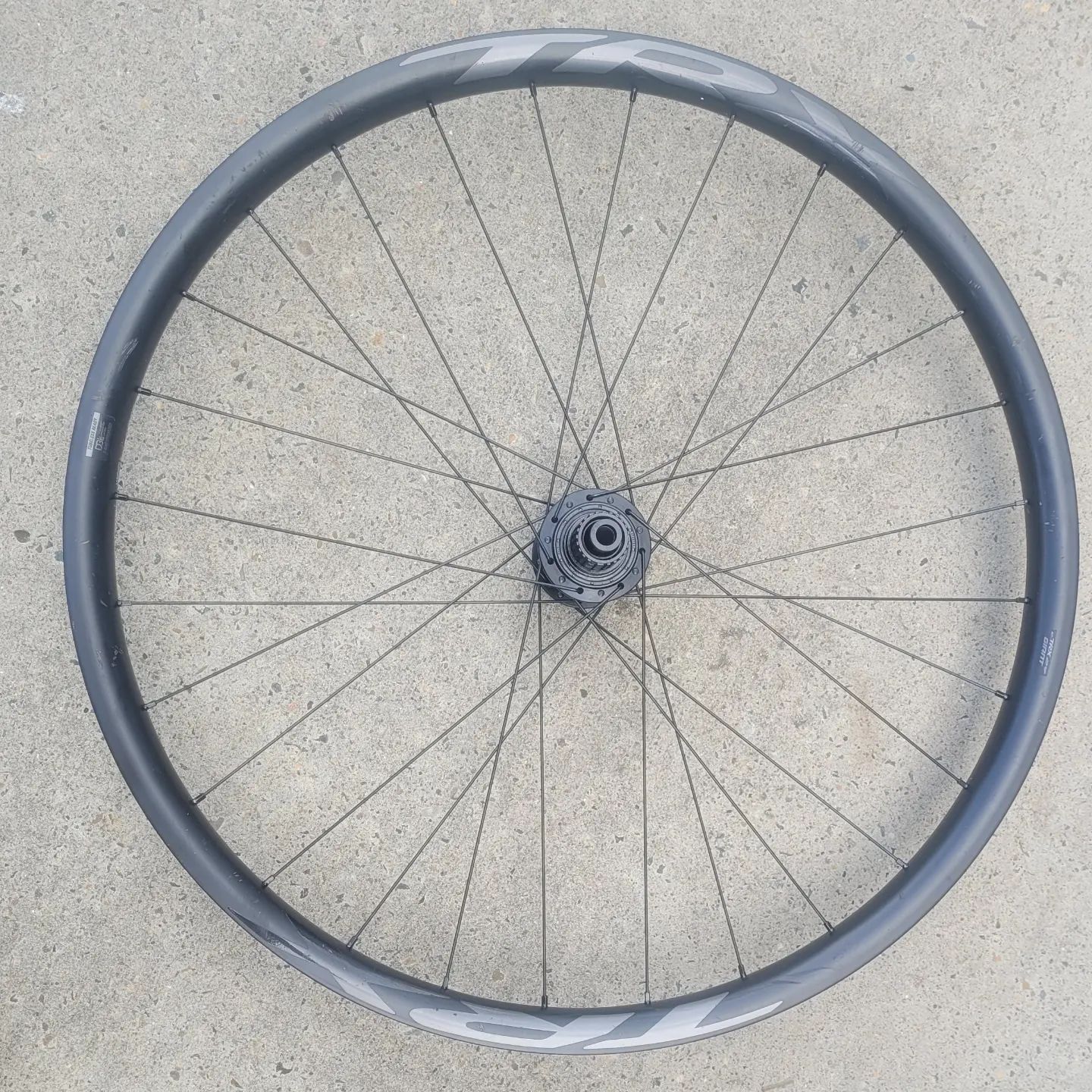
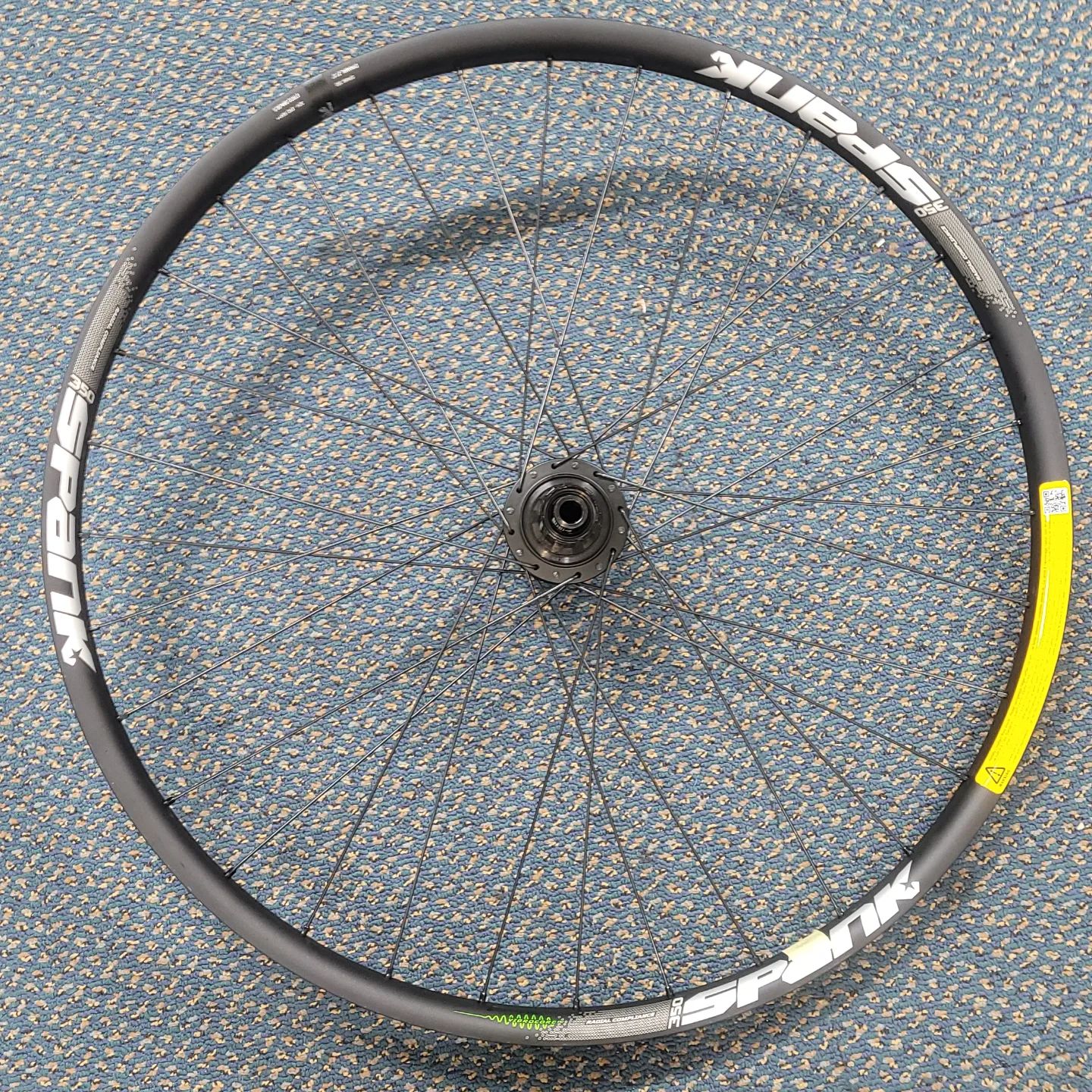
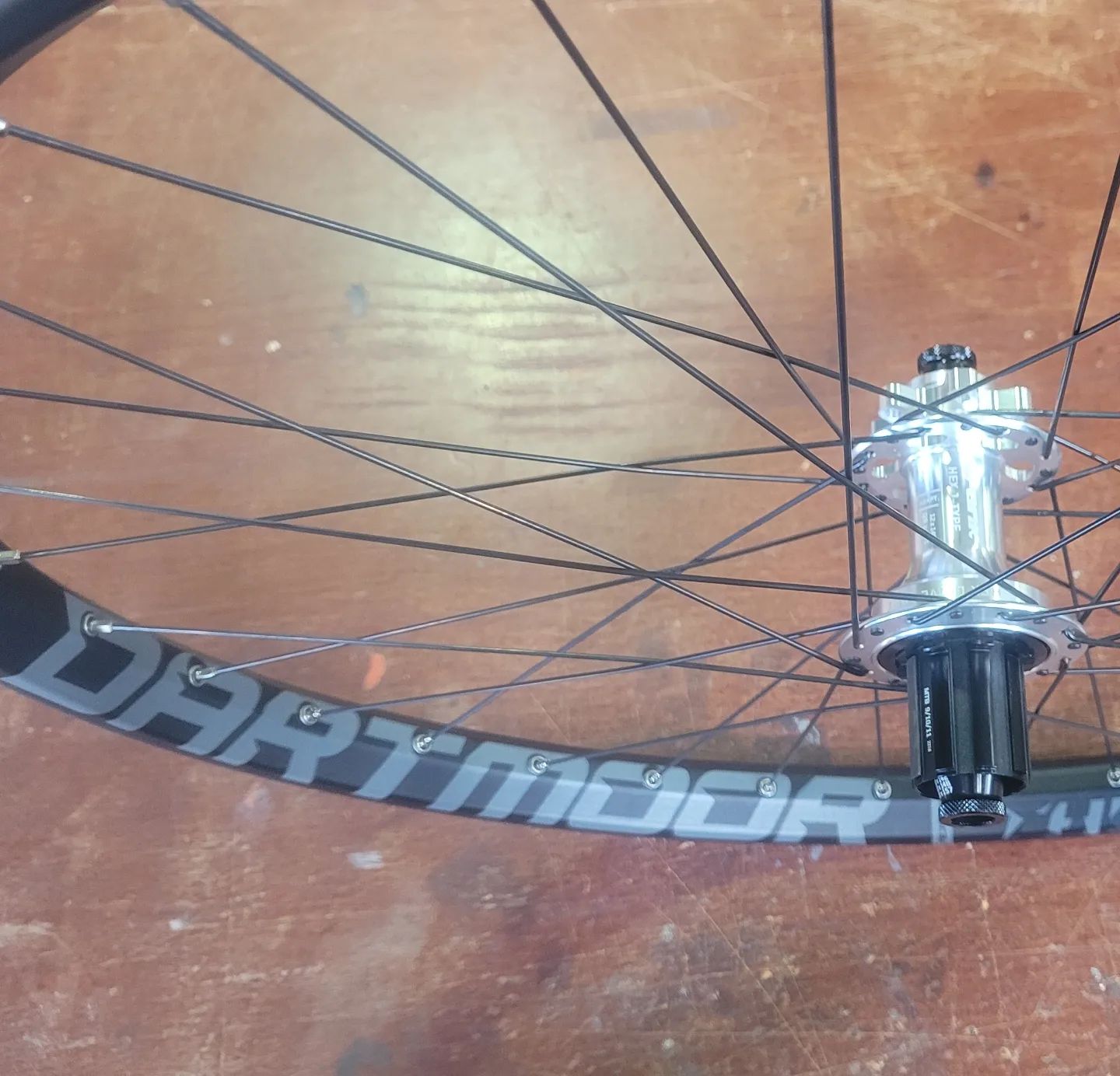
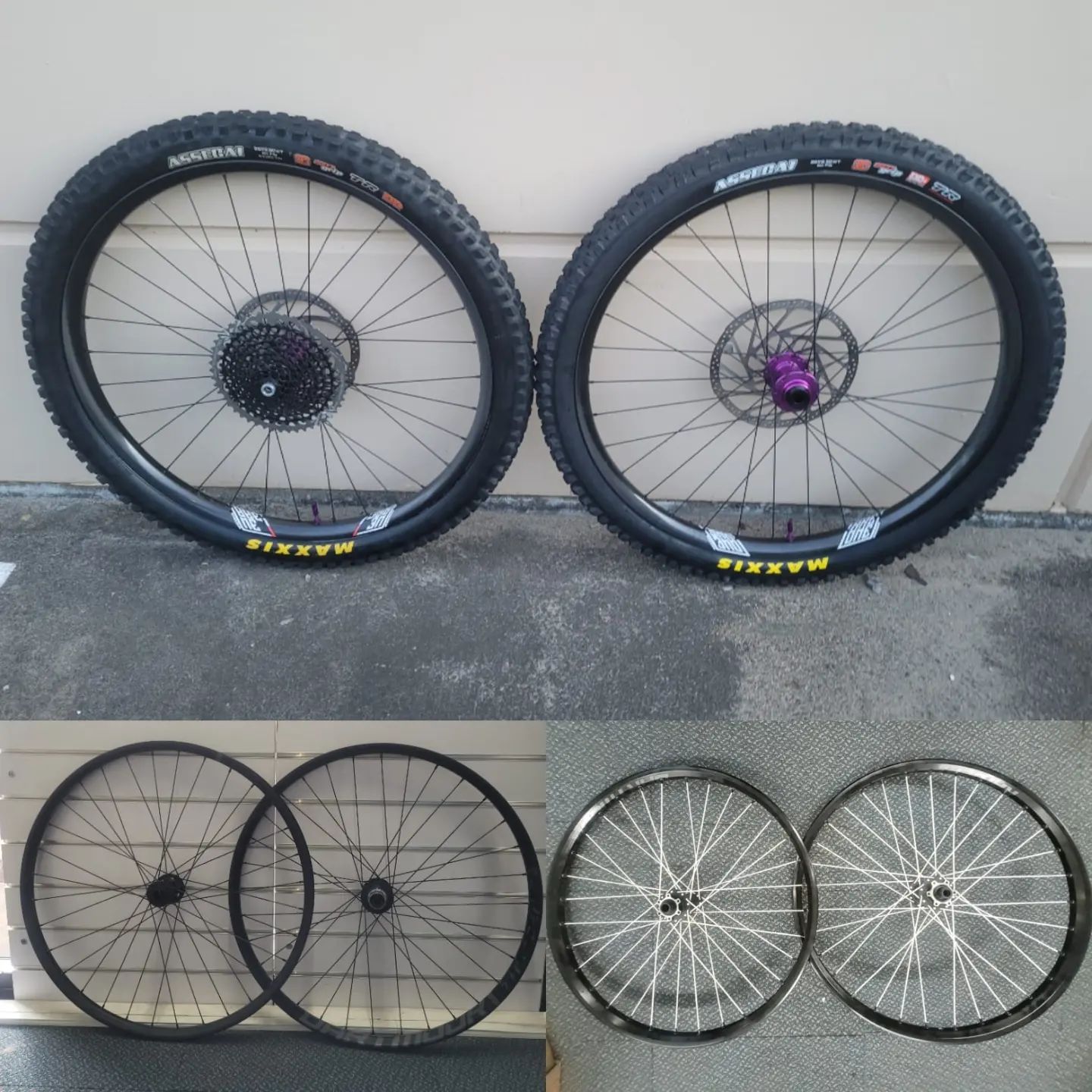
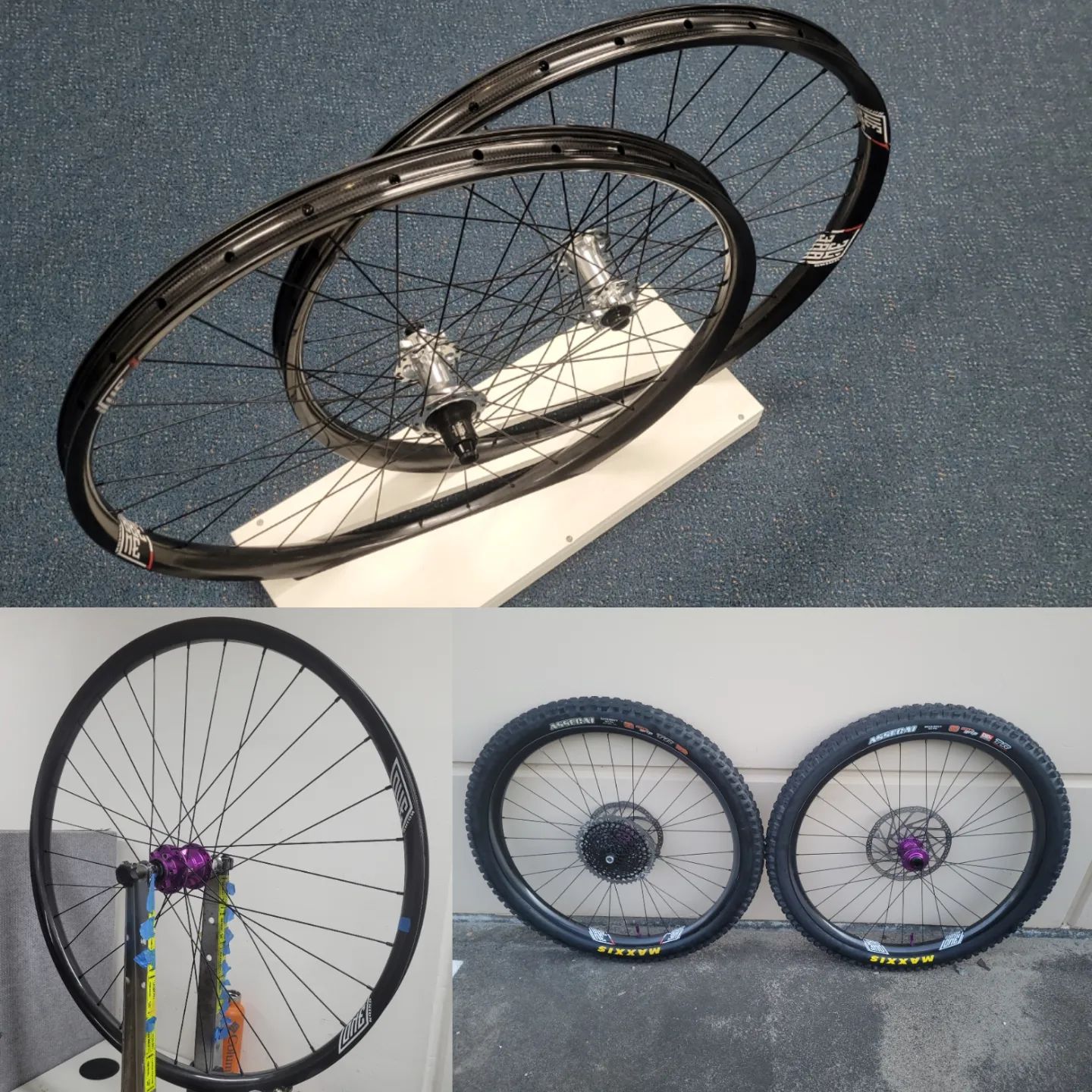



Comments